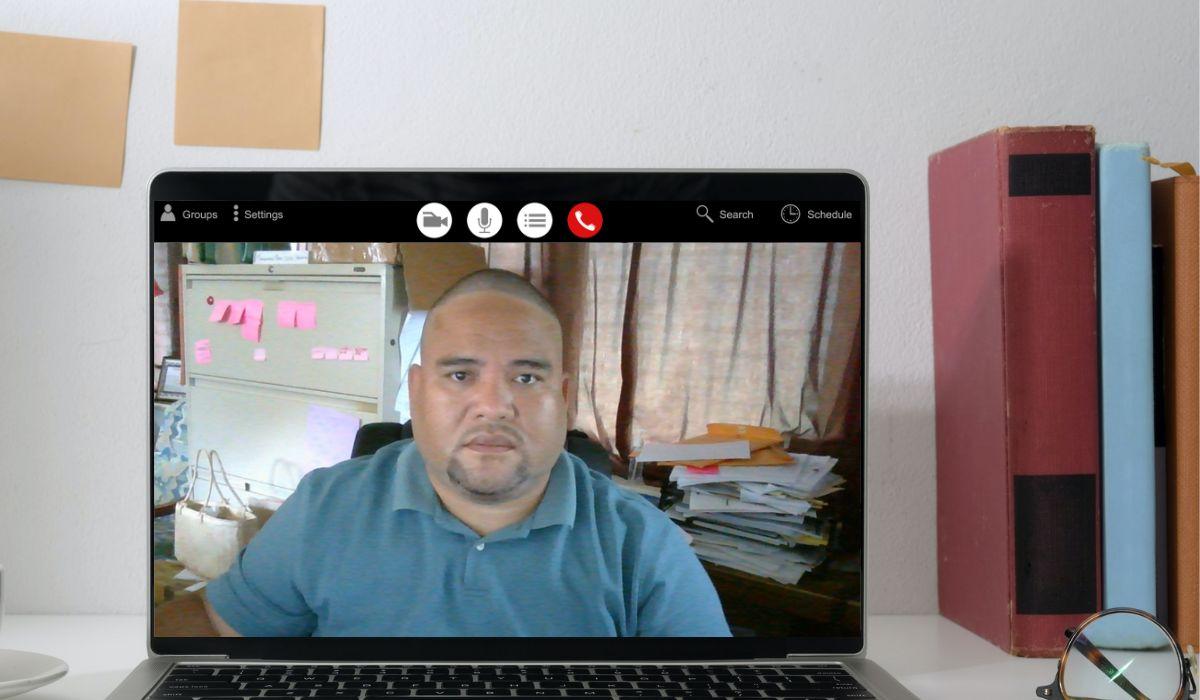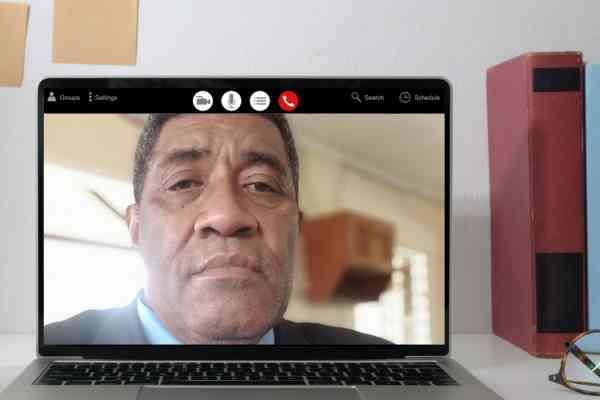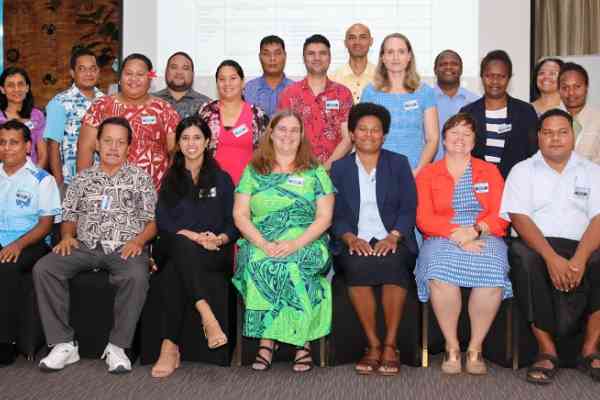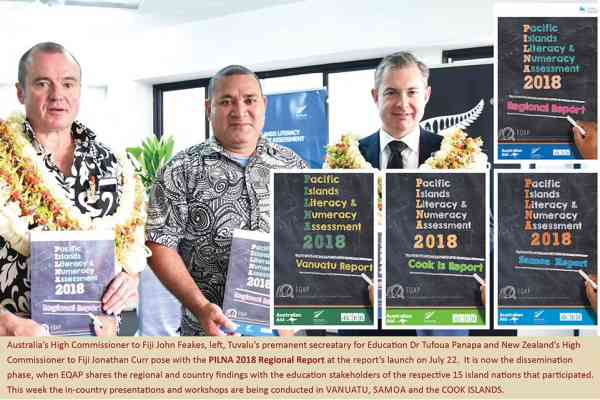PILNA, being the region’s largest assessment, focusses on the literacy and numeracy proficiency skills of Year 4 and Year 6 students. These are required skills that children need to progress through school and life, including literacy skills in reading and writing and numeracy skills in numbers, operations, measurements and data. The assessment provides a measurement of regional standards based on a common scale. This gives the Pacific valid and reliable results to inform on the improvement of student learning outcomes over time.
Marcellino discusses his role in facilitating the assessment in FSM in 2021.
1. Please describe your experience in facilitating the assessment in your country with the added challenge of COVID-19 restrictions?
It was a good experience working with the other states within our nation in making sure we received reliable data on students’ enrollment and logistics. Most of the work was at the state levels. During the last PILNA administration, all the schools were in operation.
2. What were some of the challenges you have encountered during the administration/implementation of PILNA in your country?
The major challenge I encountered was the PILNA budget. I didn’t have budget for PILNA. Therefore, I had to rely on EQAP for that. It is still very hard to get the budget available in a timely manner. The transaction must go through a lot of offices for approval. We were able to make purchase requisitions for PILNA activities as soon as the PILNA account was created.
Logistics was also another problem. I tried to include all the remote islands, but it was very hard to go there. Chartering private ships is very expensive. We do have government ships, but it has its own schedules in the remote islands.
3. How did you overcome these challenges?
Firstly, I want to thank my state counterparts and FSM Education colleagues for their astounding job for making sure we met the timeline. Without them, the last PILNA would not be possible. We were trying to align PILNA administration with our very own activities in the state so we won’t face problems in terms of budget. We had to make plans for our state activities within the PILNA timeframe in case the PILNA funding was not available on the administration date.
4. How does your country benefit from PILNA?
We are fortunate to have PILNA as another assessment tool beside our very own National Minimum Competency Test (NMCT). The PILNA data can help us determine the weaknesses of our students’ performance as well as teachers. The PILNA report has the data that is beneficial to the states.
5. Any other comments?
It would be appreciated if we have somebody from EQAP to assist us on the ground on how to use the PILNA report and convey its content to our stakeholders.
*EQAP will be scheduling visits with the ministries of education of the participating PILNA countries to boost the Pacific’s knowledge on the results of the report and support the countries on how to use the report to strengthen the teaching and learning capacity across the region.




